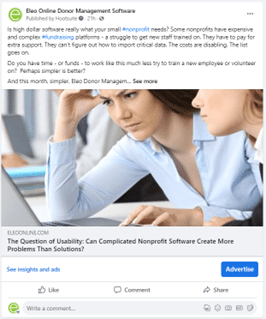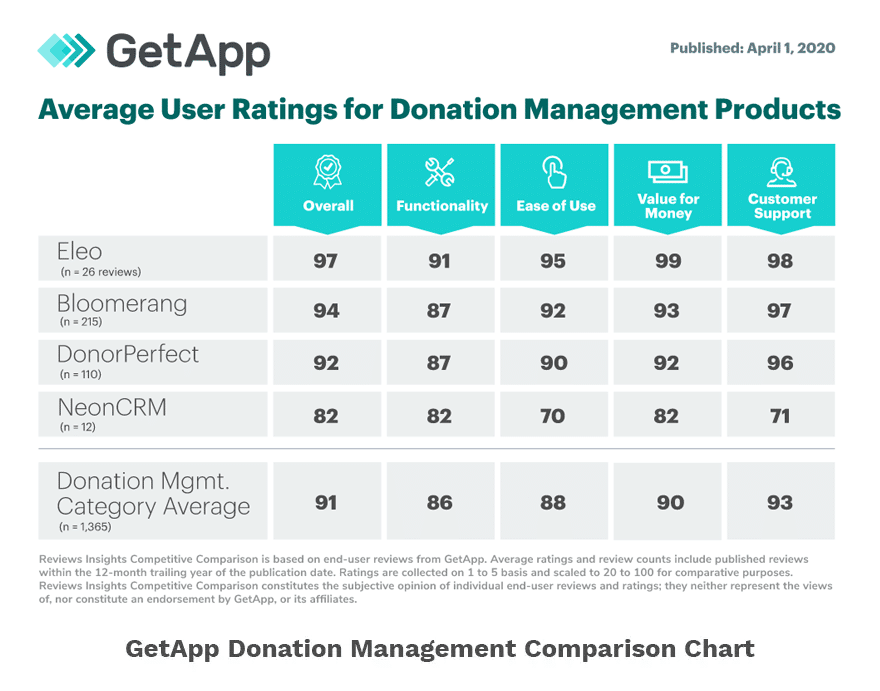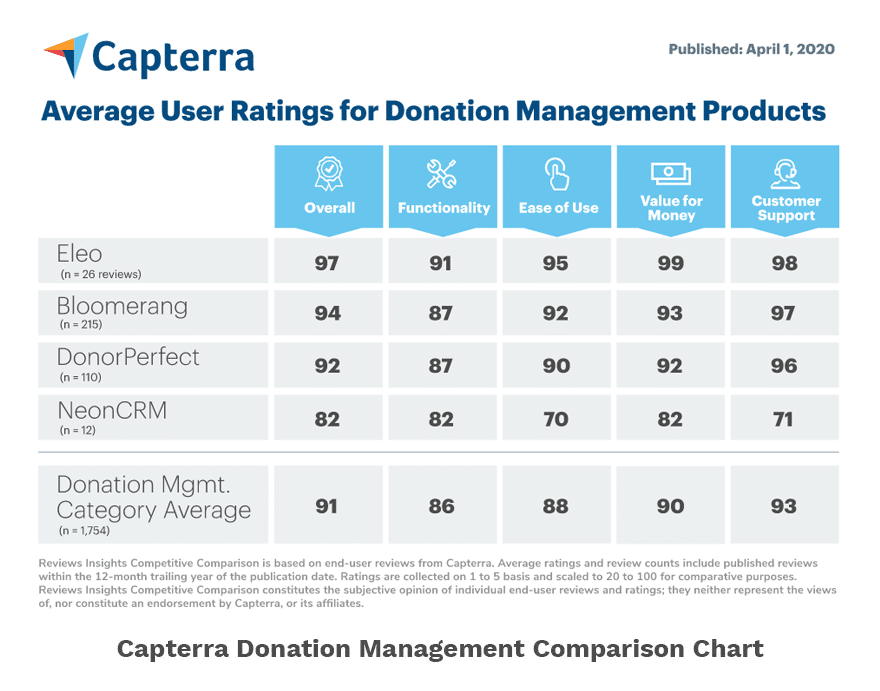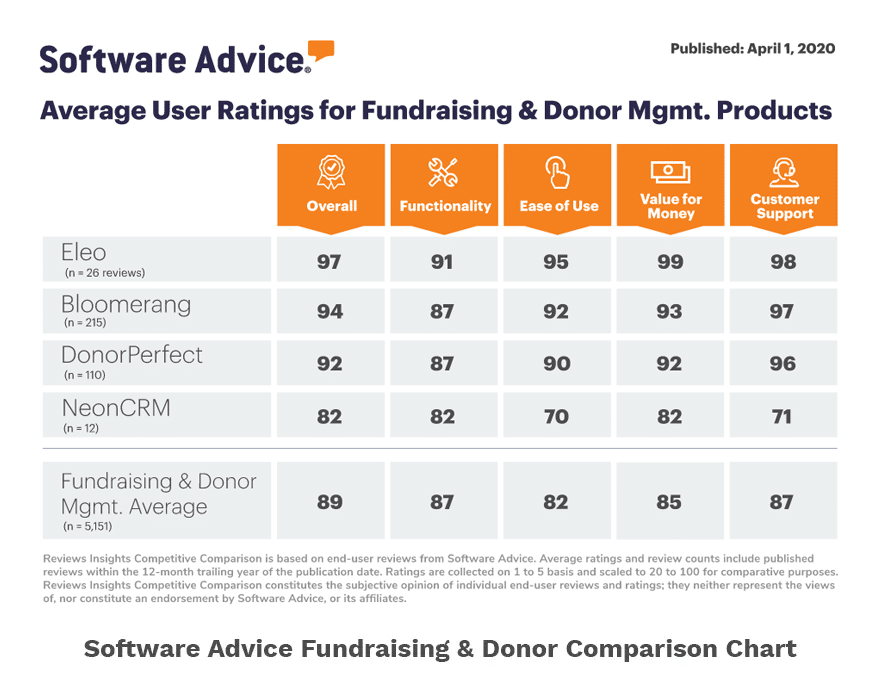
With a nonprofit, the phrase “you have to spend money to make money” may sound out of place. That sounds more like the advice of a hedge fund manager or investment banker. It’s true nonprofits don’t have much budget when it comes to advertising, but that doesn’t mean you can’t make a big impact with the budget you do have. Facebook, or Meta as they call it now, has many low cost options for reaching audiences and potential donors, and it’s not complicated to try it out!
Create a Strategy First for Nonprofit Advertising on Facebook/Meta
Start by thinking strategically about what, when and where you would like to advertise.
- What is your call to action or CTA? Are you trying to get people to attend an event? Volunteer? Donate? Create a page on your website that provides any necessary details and allows people to sign up, RSVP or donate right there. Never send your donors or volunteers to another website for these activities; you need to build SEO and traffic to your site, and capture those names and emails to develop sustainable relationships.
- Who are your peeps? Think about the people who would be interested in your cause and call to action. Facebook/Meta allows you to target users by a variety of demographics. Choose the most appropriate age groups, locations, interests and more. If you have a small budget to begin with, you want to make sure you are not showing your ads to the wrong crowd.
- Where do they live? While support can come from anywhere, some nonprofits and their causes are localized. If this is the case for you, say your nonprofit raises funds to clean up the Great Lakes, you can localize your ads to the states surrounding the Great Lakes. Or, if you’re holding a Clean Energy 5k in Richmond, Virginia, you can set your ad location to a certain radius outside Richmond so you avoid advertising to people who live hours away from your event. This ensures that your ad is appearing before people who are more likely to click on it.
- When will they interact with your ad? Determining when folks are likely to click on your ad is a difficult metric to predict. There are some universal advertising recommendations, such as Sunday evening, when people tend to be home at the end of the weekend and winding down before the workweek. Often that includes scrolling social media. In contrast, advertising early on Mondays is usually less effective as people are focused on starting their workweek. If you have records of your previous marketing campaigns, you can look for evidence of when your donors are most active and advertise then.
Options for Implementing Nonprofit Facebook/Meta Advertising
Facebook, now META, has two distinct ways to advertise.

Boost visibility for your nonprofit cause with this super easy form of advertising on Facebook. Instead of creating an ad to run, you can choose a post from your page and boost it with a click, which promotes the post to a wider audience than your current followers.
- Create a post. (Educational, event, volunteer, story-share, etc.)
- Click the blue “Boost Post” button under the post.
- Choose your goal. (Website visitors, Phone calls, Sign ups, Donations, etc.)
- Choose a target audience you would like to reach (Geo, gender, age, interests and more)
- Decide on your budget for the campaign (As little as $1. Play with the slider to adjust.)
- Set the length of time the boost will be effective. (3 days, 1 week, 1 month, a weekend, etc.)
Boosts are the perfect way to dip your toe into advertising with a very small budget and little to no complexity at all.
2.Traditional Advertising on Facebook for Nonprofits
These run much like ads anywhere else. Facebook allows you to choose different ad placements and objectives while giving your nonprofit more creative control and the use of even more advanced targeting capabilities. They are more expensive than a boost, but serve a more specific marketing purpose.
Think about it this way: a boost is to generate more brand awareness and reach new demographics while an ad can help you “close the deal” so to speak and create a more specific call to action for the people who see it. Ads run in many more places than boosts, and can exist as singular images, multiple images, a reel, story and more. Depending on the complexity of your call to action, the style of ad can be altered to provide straightforward asks with a single image, or be more “teachable” or “storytelling” with a longer format.
To start running traditional ads you will need to set up a Meta advertising account, which will walk you through how ad auctions work, help you plan campaigns and set budgets, and even create ads without graphics software or experience. While more complex than a simple boost, this is the logical next step when your nonprofit has outgrown the simple boost or has multiple objectives at one time that need to be met, and can be funded.
Maximize Your Nonprofit’s Reach with Facebook/Meta Advertising
Advertising has taken on a new look in the last two decades, due in large part to the boom of social media. Nonprofits on social media have found they can interact with donors and potential donors in a more meaningful way by sharing content about their cause and maintaining interactions with their followers. Ads and boosts on Facebook, when paired with a regularly posting schedule, can help you draw in more people from different demographics and call your current followers to more specific action like donations and sign-ups.
Start with a boost to keep it simple and test the waters, and when you are ready, move up to traditional advertising. Need help? Reach out to a member of our nonprofit consultant community for help. Lastly, don’t forget to set all of your fundraising calls to actions to link to YOUR website and YOUR donation forms. Don’t use donation programs that serve as a middle man. Keep your donors’ contact information in your nonprofit CRM so you can keep track of them for tax purposes as well as future nurturing and additional fundraising. Don’t have a CRM or donation forms of your own? Learn more from Eleo about how to get set up quickly and easily.





